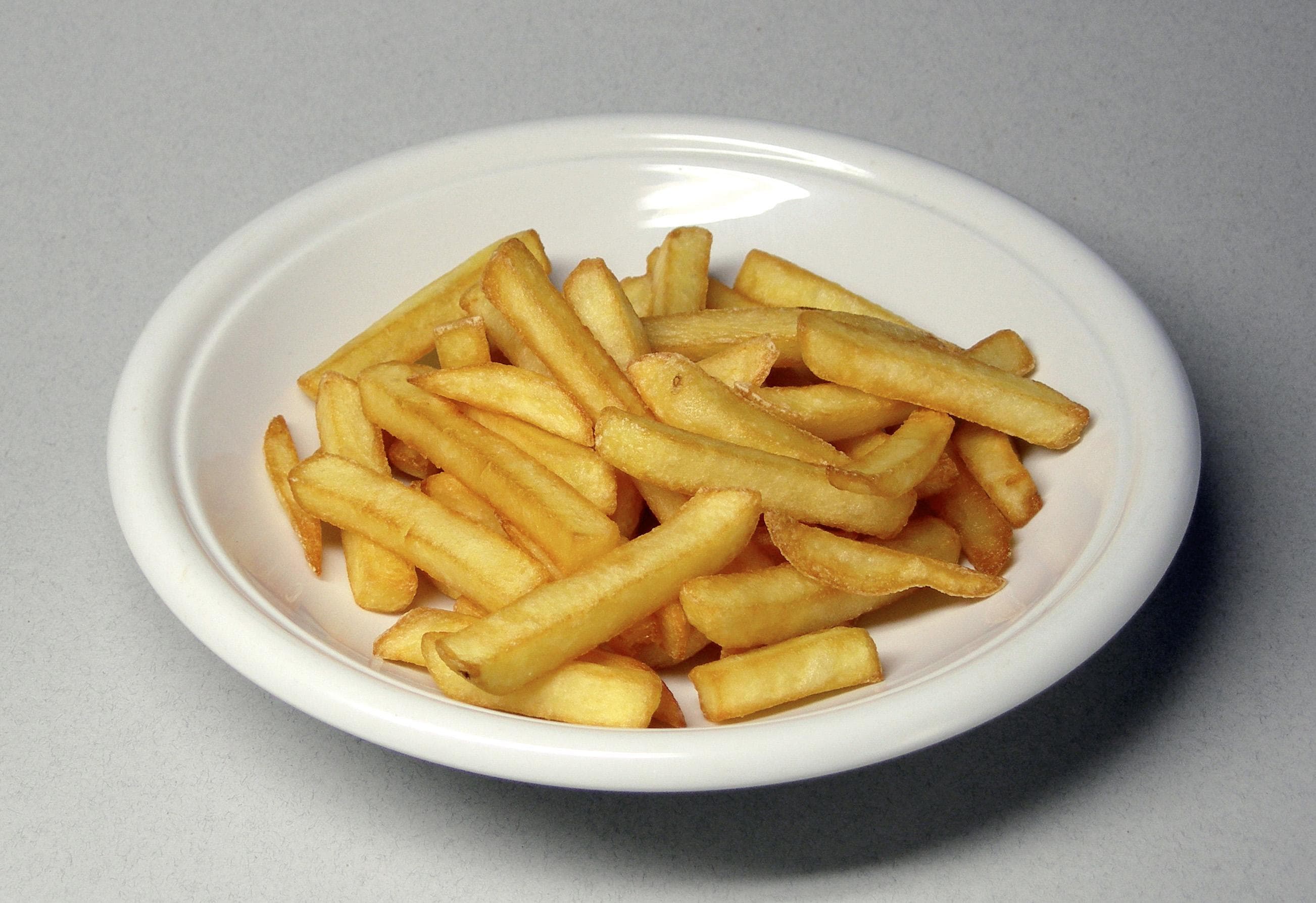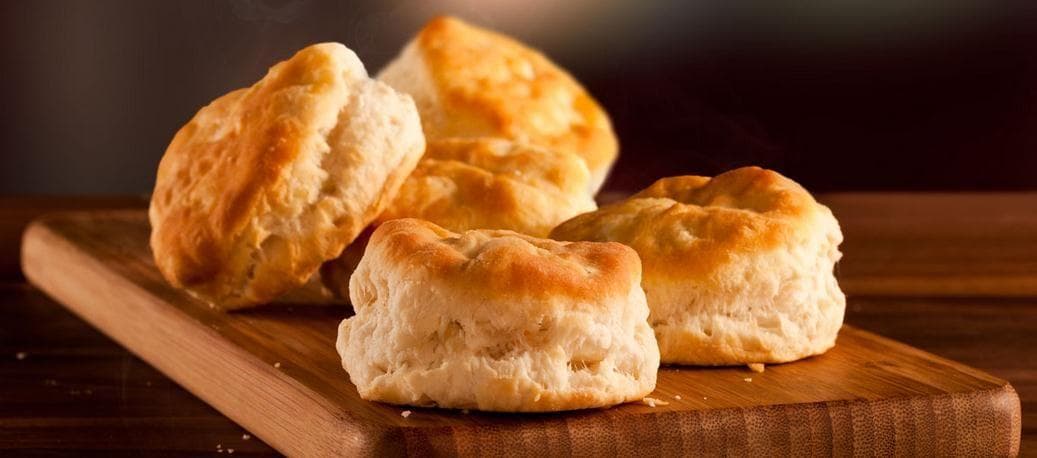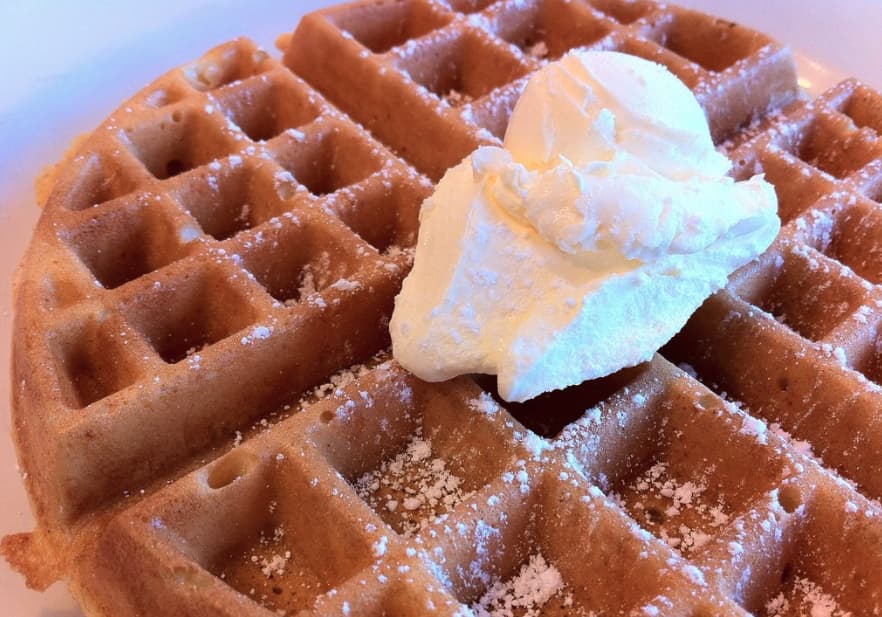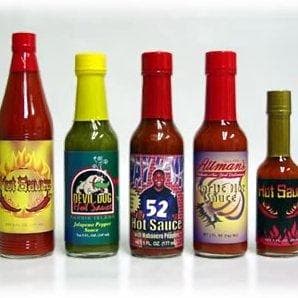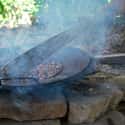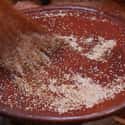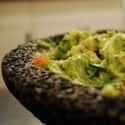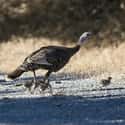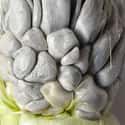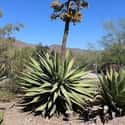-
(#1) Chocolatl
The Aztecs can be thanked for their contributions to the development of chocolate. To these ancient people, what they referred to as chocolatl was considered a "food of the gods."
Chocolatl as the Aztecs knew it was much different than the chocolate of modern times. It wasn't sweet or formed into bars. In fact, the Aztecs made a drink out of the cacao seed in lieu of transforming it into the treat it makes today.
Bernardino de Sahagún explains in the Florentine Codex the context through which chocolatl drinks were swilled:
This cacao when much is drunk, when much is consumed, especially that which is green, which is tender, makes one drunk, takes effect on one, makes one dizzy, confuses one, makes one sick, deranges one.
There's been a lot of speculation over how the chocolatl drink caused intoxication, but the cacao tree had religious significance to the Aztecs, and the drink was used in various rituals.
-
(#2) Tortillas
These flatbreads originated in Mesoamerica, and Aztecs used their plentiful supply of maize to make this staple. Tortillas were as diverse in size, shape, and function then as they are now, and everyone in the Aztec empire consumed them.
The flour used by Aztecs to make tortillas came from corn that went through a process called nixtamalization. Kernels were boiled in water and ashes from juniper wood and then soaked overnight until the hard outer part of each kernel had detached. The remaining corn was ground into flour.
There existed different terms for the tortillas eaten by lords and the tortillas eaten by commoners, and they were mixed or filled with a variety of ingredients. The Florentine Codex goes into great detail about the many tortilla options available to food shoppers in Tenochtitlán:
[The food seller] sells folded tortillas, thick tortillas, coarse tortillas. He sells tortillas with turkey eggs, tortillas made with honey, pressed ones, glove-shaped tortillas, plain tortillas, assorted ones, braised ones, sweet tortillas, amaranth seed tortillas, squash tortillas, green maize tortillas, brick-shaped tortillas, tuna cactus tortillas; broken, crumbled, old tortillas; cold tortillas, toasted ones, dried tortillas, stinking tortillas.
-
(#3) Amaranth Tamales
The amaranth plant possessed a religious significance for the Aztecs, and its seeds and young leaves were used in various types of cuisine. Amaranth seeds could be cooked, combined with sweeteners like maguey (agave) to make dough, or added to other dishes.
It was cooked in tamales - corn flour steamed in husks and filled with various foods - for lords and upper classes, especially around festival days. During these celebrations, it was still possible for commoners to get their hands on these specialties.
The 16th-century Florentine Codex, written by a Spanish monk in Mesoamerica, describes the preparation of "tamales made of maize flowers with ground amaranth seed and cherries added" and "tamales stuffed with amaranth greens."
-
(#4) Pepián
The upper classes in the Aztec empire enjoyed flavorful sauces, stews, and casseroles. The Florentine Codex pinpoints one casserole devoured by lords, a "kind of casserole of fowl made in their fashion, with red chile and with tomatoes, and ground squash seeds, a dish which is now called pipian."
Also known as pepián, this dish has evolved through the centuries and is now a quintessential Guatemalan stew. These days, the dish still carries many of its original traits. According to one writer, "Pepián is normally served with one meat, but you can have a full three-meat version. It always contains vegetables and fruits - such as pear, squash, carrot, potato and corn on the cob."
Pepian is "thick and rich, with a wealth of roasted spices blended together."
-
(#5) Ahuaca-Mulli
Ahuaca-mulli is essentially an early version of guacamole. The pre-Columbian Aztecs would have eaten these mashed avocados with tomatoes and some coriander leaves.
As historian Sophie D. Coe writes about ahuaca-mulli, "Wrapped in a maize tortilla, preferably freshly made, or even on a tortilla chip, it might ever so distantly evoke the taste of Tenochtitlan."
-

(#6) Lake-Dwelling Amphibians And Bugs
The land surrounding Tenochtitlán was swampy and muddy, and the Aztecs took advantage of the surrounding lakes for living food sources. They feasted on frogs, water bugs, and lake shrimp. They also didn't hesitate to munch on eggs and larvae from both bugs and amphibians.
One of their delicacies was the axolotl, a larval salamander. According to the Florentine Codex, these lake-dwelling creatures were prepared in many ways: "...frog tamales, frog with grains of maize, axolotl with grains of maize, axolotl tamales, tadpoles with grains of maize..."
-
(#7) Poultry and Wild Fowl
- Book
Pre-Aztec peoples in the area that is now Mexico were the first to domesticate turkeys, and their Mesoamerican descendants continued the tradition. “The turkeys that we eat today were first bred by the pre-Aztec people sometime between 800 BC and 200 BC,” historian Camilla Speller shared with the Vancouver Sun.
These domesticated turkeys were sources of food alongside their wild brethren, which were smaller and less meaty. Aztecs also fed on "deer, peccary, rabbits, jackrabbits, mice, armadillos, snakes, gophers, opossums, and iguanas." These animals, once captured, were fattened up in captivity until they were eaten.
-

(#8) Tecuitlatl
This edible algae or seaweed, which the Aztecs called tecuitlalt, was "collected or swept up by nets, or heaped up by spades." Once gathered, it would be dried in the sun.
Tecuitlatl, after it was sun-dried, would be formed into cakes, dried again, and then used to make tortillas. One writer tried to equate its flavor to cheese, except it was "less pleasing and with a certain taste of mud."
-
(#9) Huitlacoche
Known as "Mexican truffles," huitlacoche is a corn (or maize) fungus now seen as a gourmet food. It is described as a "disorganized greyish mass, glossy outside and black inside when overripe."
In the Aztec language, Nahuatl, huitlacoche translates to "sleeping excrescence." This is because the fungus affects the growth of corn kernels, in essence causing them to "fall asleep." However, the Aztecs saw "this scourge as a blessing in disguise," creating sustenance out of the fungus that was ruining their beloved maize.
When young, the white fungus tastes good raw, while the aged black fungus is better cooked.
-
(#10) Octli
Even the Aztecs imbibed. Drinking was ceremonial and ritualistic for these ancient Mesoamericans. Octli, also known as pulque, was a fermented drink derived from the sweet sap of the agave plant. The Aztecs referred to this plant as maguey, and it is affiliated with the pulque goddess, Mayahuel.
While they constructed intricate vessels for the octli rituals, the drink actually pre-dates the Aztecs. The Aztecs, themselves, had rules and guidelines in place for the consumption of octli. For example, only women past child-bearing age were allowed to partake.
-

(#11) Pinolli
Pinolli is a testament to the itinerant nature of life for poorer or contracted Aztecs. This simple meal of ground and toasted maize kept well, and travelers or warriors would carry it for access to a quick and filling dish.
While lacking in flavor, pinolli could be mixed with water and other ingredients - such as cacao - to make it more enjoyable. These sorts of instant meals - referred to as atolli - were popular among the lower-class Aztecs.
New Random Displays Display All By Ranking
About This Tool
The Aztecs are ancient Mexican civilizations that existed in the 14th to 16th centuries, mainly distributed in central and southern Mexico. The Aztecs are the indigenous people of Mexico. Through generations of selection and optimization, the Aztecs have cultivated a series of foods that affect the food culture of the world. The diversified climate breeds rich biodiversity and also provides favorable conditions for agricultural planting.
Pumpkin is regarded as the first crop cultivated by the ancestors of Central America, then corn and kidney beans became important foods. Aztecs seem to have a talent for cooking delicious foods, you will learn about random 11 foods Aztecs were eating.
Our data comes from Ranker, If you want to participate in the ranking of items displayed on this page, please click here.





